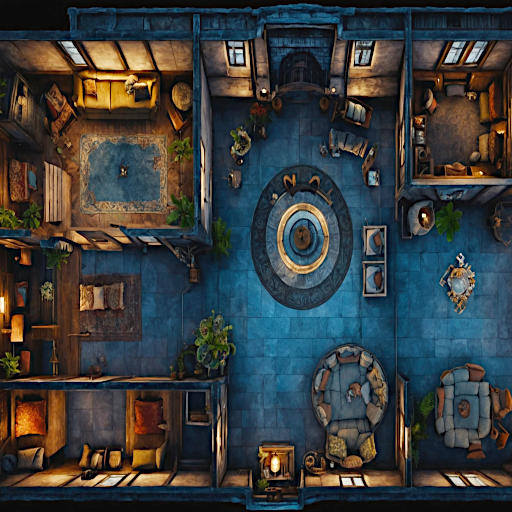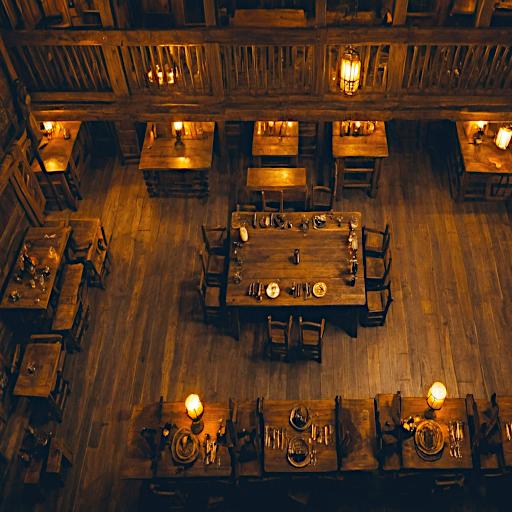Action Economy & Movement
Best advice I can give on action economies is don't!
Quick History.
Imagine you can only move or attack, not both. You move up to your enemy. They move away. You can't ever hit anyone that doesn't want to be hit.
The fix? You can move and attack on a turn. What about the guy that doesn't move? Can he attack twice instead of moving? Now you are developing an action economy.
Problems
The problems are many but the main one for me is that you have set up a situation where you now have a fixed block of time (one round) which has been divided into actions. Your task is now to optimize your action economy and do the most damage possible within that time.
It's my belief the action economy didn't solve the problem, it just swept it under the rug. The reason for adding more than 1 action was ultimately about movement. Plus, as an added bonus, every additional action multiplies the time the players have to wait! Every action means waiting for another turn from every combatant on the field.
3 action points just means you have to wait 3 times as long to get a turn, and that is if everyone involved has those actions planned. What usually happens is "for my bonus action ... uhmmm ..." And now you get "you can't do that as a bonus action" and we spend half the time discussing rules and what you can can't do, all in addition to the choice paralysis and the multiplication of the time required just to resolve the mechanics.
The situation we started with was not actually a flaw. It's entirely possible for your enemy to run away as you run toward them! The problem is we don't have a way to break down the movement so we can react to it soon enough! It looks like he kited away, but he would have started running at the beginning of the round just like you did! Basically, you closed your eyes and when you got there, he was gone. Who closed your eyes? Did you elect to do that, or did the mechanics simply fail to show you what was happening.
That is why action economies require hacks like attacks of opportunity and the whole thing is so dissociative that it feels like a mini-game instead of an RPG, and you still don't have a way to run away from a fight! Chase scenes in D&D are notoriously boring. Its always been a movement problem!
More issues
Rounds come from wargames. It's a mechanic designed to remove the details of individual combat because you were working with units composed of multiple people, not individuals. This strips out the natural variables from your equation and leaves you with 3 possible approaches.
- Patch tactics on later with extra rules and modifiers to handle all the exceptional conditions that don't work, giving you a slow and math heavy system. D&D does this a lot.
- Make up new variables and create a tactical board game. D&D tries to do this.
- Give up and go freeform extra abstract and let the GM figure it out.
And people keep trying to solve action economy and movement as separate problems thinking a fancy initiative order will fix it, but it won't because you are still taking equal length turns that don't have enough granularity.
Causes
To the character, everything happens sequentially through time without any artificial stops for the end of the round. All the action economy is doing is preventing the GM from doing a cut-scene to someone else. Why not 1 action per turn?
Back to kiting right? Let's look at an opposite example from the one we started with. You have an archer and a swordman standing 30 feet apart. When the horn sounds, fight!
Ok, horn sounds. We roll initiative. All good? If the archer wins, he shoots the swordman. Still good? If the swordman wins, he moves 30 feet across the room and kills the archer before they can loose an arrow. Oops! That doesn't sound right. The archer can't react to the approaching swordman. It's the same issue as the kiting problem.
The 4th Solution
Instead of actions per round, use time per action. The moment we resolve your action, offense goes to the combatant that has used the least time. Now, instead of buying the value meal on time and trying to figure out how to distribute that, you don't worry about anything other than what you do right NOW.
This change gives us the ability to break up movement, which is what should have happened in the first place. You want smaller actions so you can quickly cut scene from person to person, allowing them to react to the changing situation.
Movement
1. You can move your free movement and still take an action. This is not 30 feet, but 2 yards (1 space on the grid), at least for humans. The time required for the action depends on the action, with attacks based on your training, experience, and the type of weapon, usually between 2-3 seconds for most combatants.
2. Instead of another action, you can run. Running speed is fixed and costs 1 second and you move 4 yards. This is 8mph
3. If you ran or sprinted on the previous second, you can sprint now. This is involves exchanging endurance points for sprint dice to vary our speed enough for some drama in chases.
Turn Order
Whoever has initiative can take any action they like. The GM marks off the time required by marking boxes, slowly forming a time bar. Once the action is resolved, offense goes to whoever has used the least time. In the event of a tie for time, the tied combatants roll initiative. Repeat until someone decides to stop. Turn order is not a fixed thing. You just act when the character is ready
Examples
In our original example, we can't move 30 feet. We just start running toward the enemy. We won't get far (just 12 feet) before we see them turn and run. Everyone can react to the changing situation rather than forcing one combatant to hold still while someone runs up on them!
With the archer and swordsman, if the swordman wins initiative, he runs for 1 second and his offense is over. He gets 12 feet, leaving 18 feet to target. The archer looses his arrow and then steps back to 24 feet. What happens next depends, but this is very similar to what we would expect in a real fight.
The whole system goes a bit further in simulation. You have maneuver penalties (I hand you a D6 after each defense, hand them all back when you get an offense), positional penalties (facing matters and getting behind someone is a threat), and wounds. These 3 modifiers model all your tactical options without any additional rules.
Damage is offense - defense, with your defensive choices weighed through the time cost. Weapons and armor just modify this value. A parry costs no time, so you'll be ready to counterattack. A block is more effective, but costs more time.
Giving players real options and choices and agency to affect the combat is the exact opposite of an AC that says "you stand there and take this much damage" and an action economy that forces you to stand there while someone runs up on you.
Most turns are just a simple 2d6 attack roll, very few modifiers (and they are keep low/high so no math) and the subtraction of rolls is usually faster than adding up a damage total. We then immediately cut-scene. No 3-5 action points, no reactions, no attacks of opportunity or dissociative actions of any time.
If you are running, you move 2 spaces, I mark off 1 box, and call the next combatant. If there are 10 combatants, you will not be waiting for 10 turns! Only the combatants with characters to act during this 1 second will actually get a turn. It might be you again! You are constantly switching from person to person based on that time bar, plus players are engaged on both offense and defense, cutting the already short wait time in half.
Conclusion
Action economies have been a bad approach since day 1 and lead to all the crunchy and tedious "board game" style combats. Go with time per action instead!









